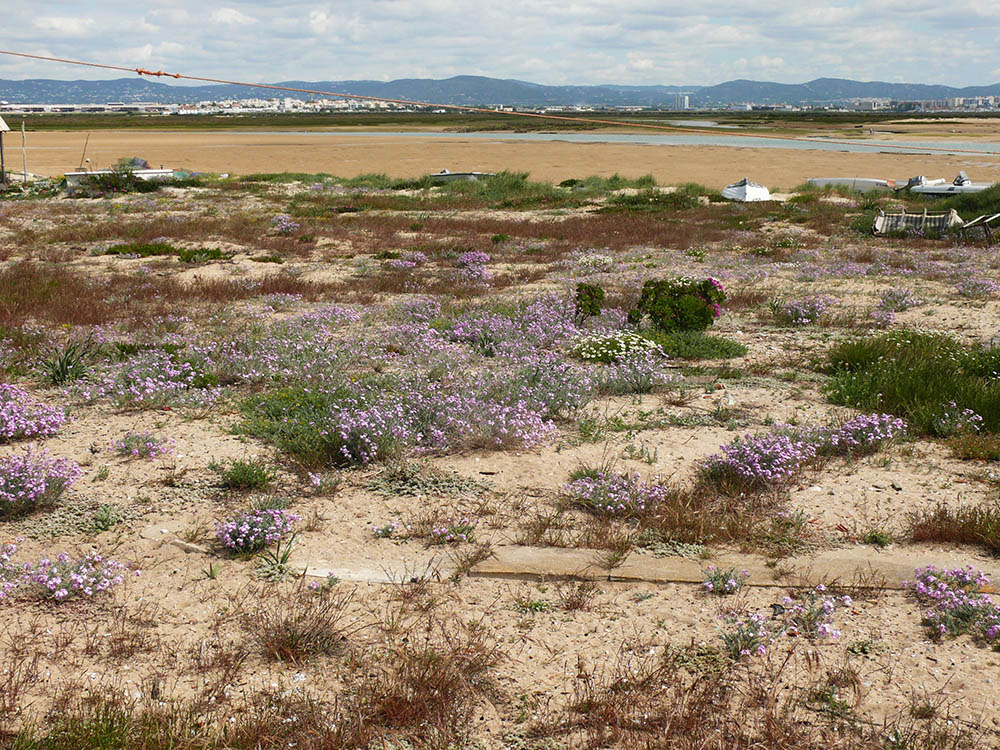
The demolition of illegal houses on the barrier islands was the target of campaigns and much criticism, in general because some interests that had nothing to do with the first dwelling of users of the Ria Formosa and who actually had to live there felt attacked.
And there was a lot of speculation and inexcusable positions by mayors who, instead of promoting the defense of the environmental quality of a lagoon area so precious in terms of the territory's ecology, preferred to gain electoral sympathies, calling for the non-demolition of these squashed houses.
The Ria Formosa Natural Park, (PNRF) an area of European interest, was created so that environmental quality could be improved and not sacrificed.
What is certain is that, even though the demolition program has not been completed, today the benefits resulting from those carried out can already be seen and we are witnessing a remarkable recovery of the dunes and their vegetation.
At this time, the dunes are a true flower garden and the beach gouges are setting in with all their might.
In terms of Nature Conservation, the situation is clear: with the last storms of this winter, in the areas where the dunes are fixed, they suffered little; the greatest damage was along the road, where there was a strip of small dune that, in time, was also worked on by the PNRF.
But the grid of containment panels was destroyed by beach users and nobody bothered to repair it – not the Park, not the City Council, not the Maritime Authorities. It seems that it is better to walk every year cleaning the tons of sand that fall on the road…
The walkway that was once built, an improvement typical of those who know what the conservation of the dune is, is now quite degraded and no public entity repairs it.
The same goes for the wooden houses that the PNRF promoted, to try to educate people and allow them to gradually finish off the brick, can and plastic tents. Many of them are also already in ruins.
The photographs below show areas of the dune that once had houses and are recovering well and areas where vegetation is thriving and where there is no significant movement of sand carried by the winds.
In contrast to these situations of Nature Conservation, one can see the state of chaos that the lagoon area has become, which today, at low tide, is just an extensive stretch of sand with no end in sight.
Photos: Fernando S. Pessoa
 Author Fernando Pessoa, landscape architect
Author Fernando Pessoa, landscape architect
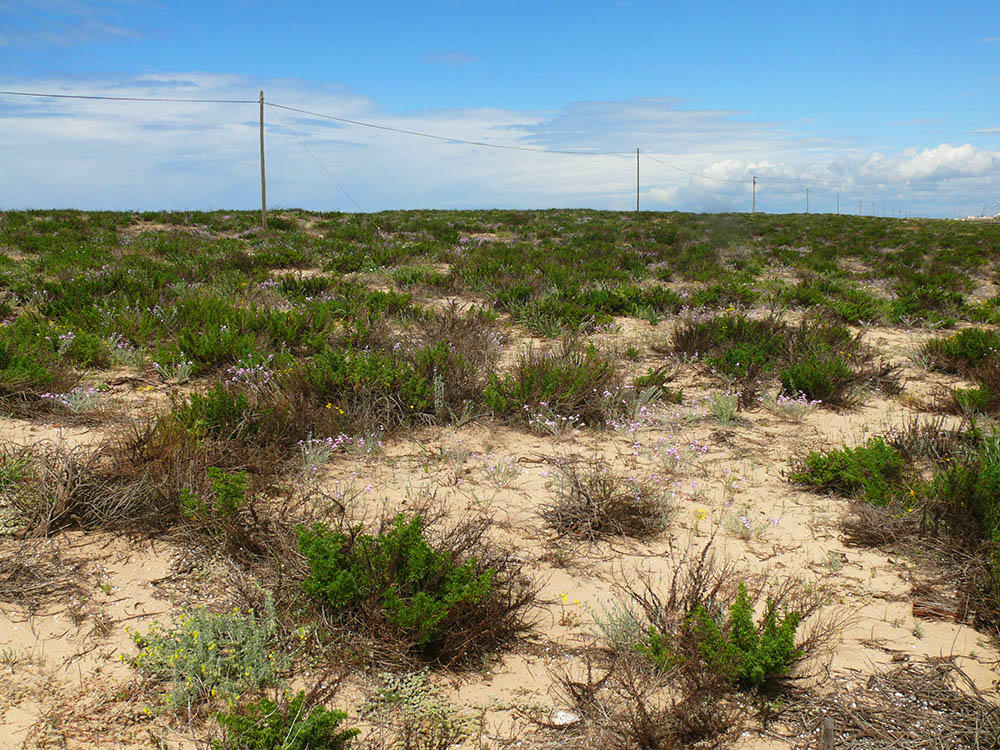
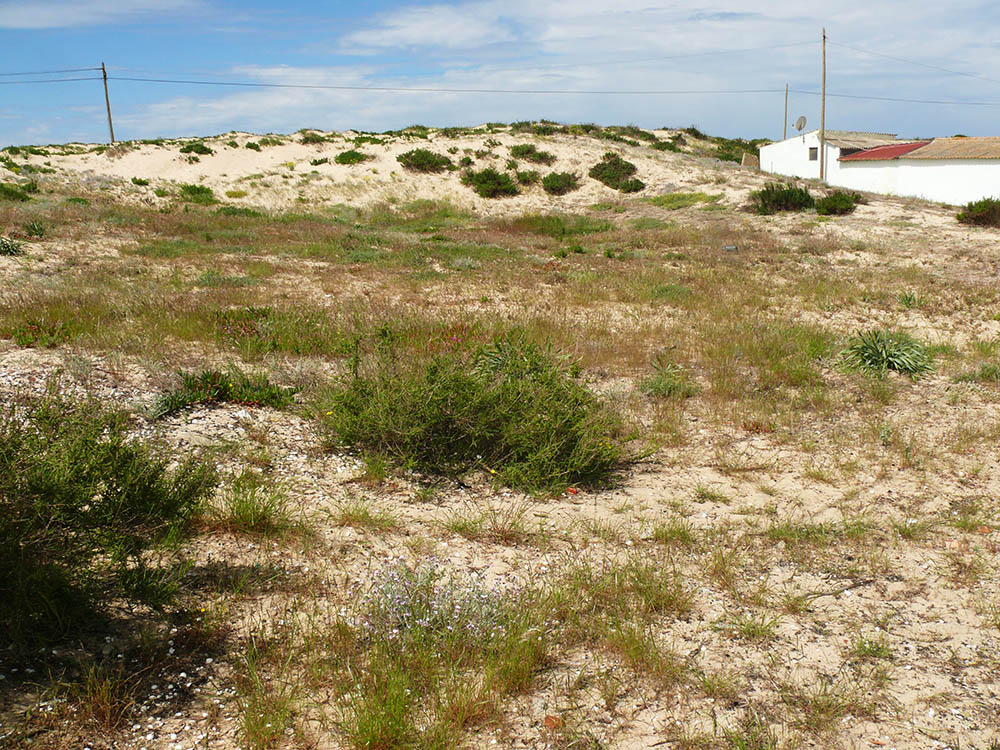
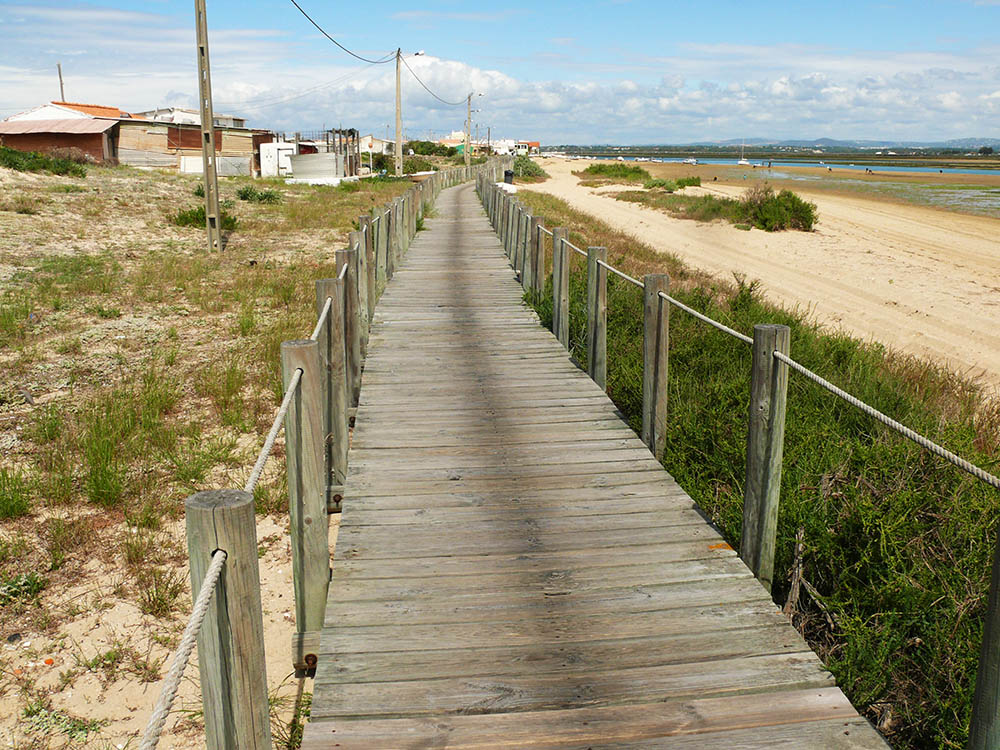
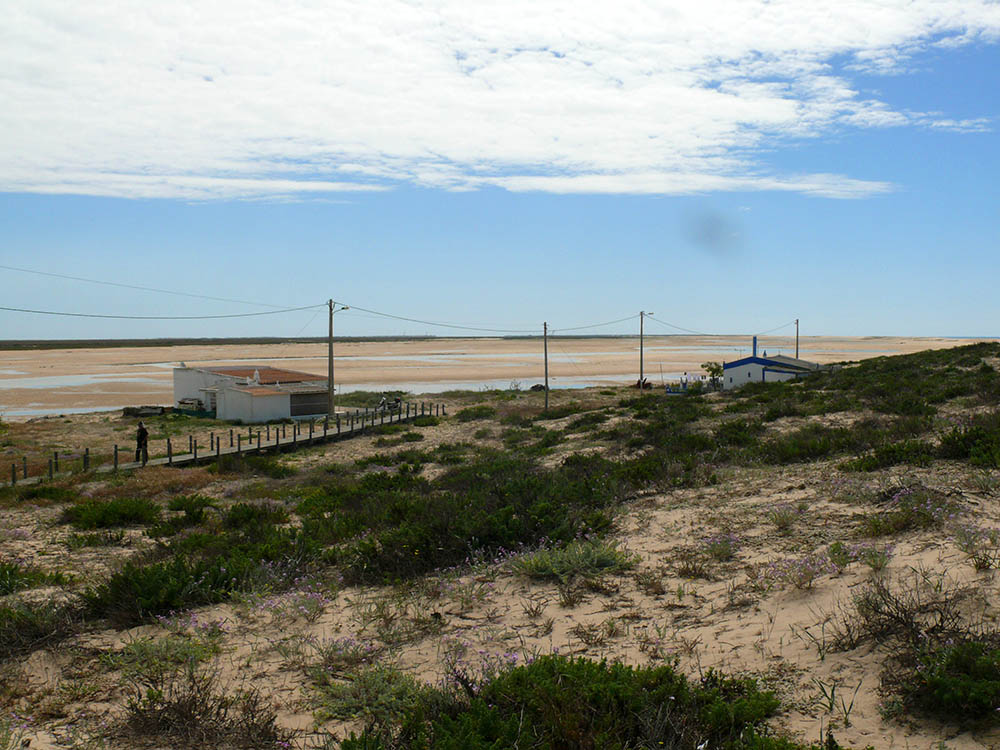


















Comments